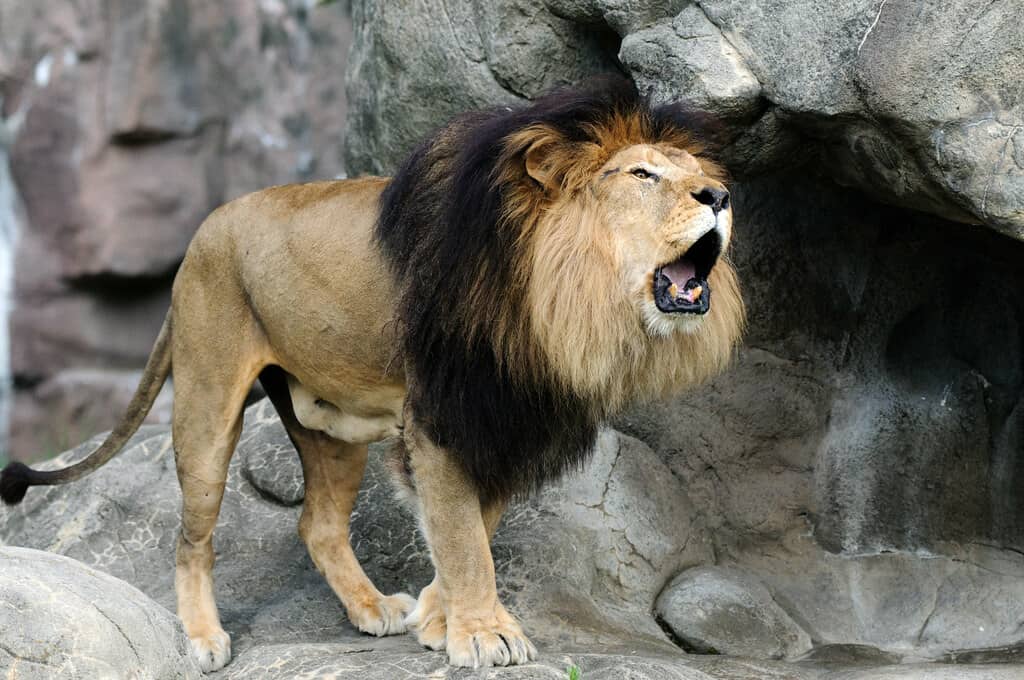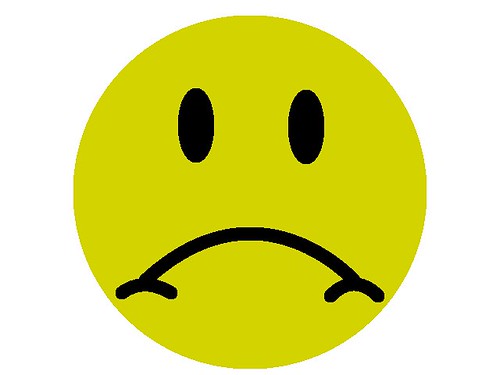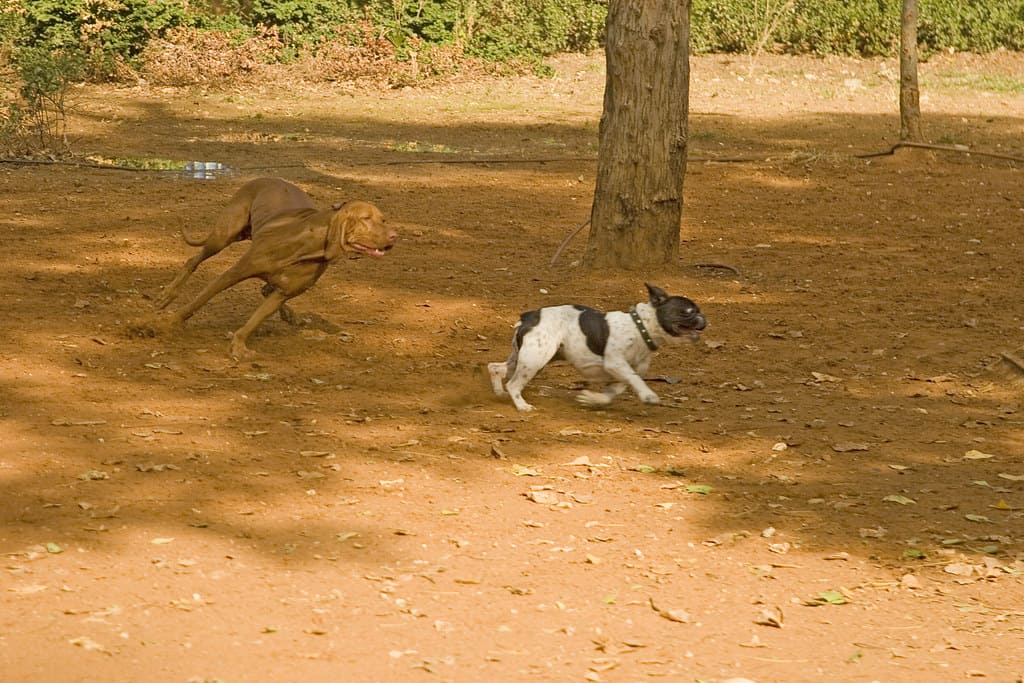Featured Image Credit: “Laboratory Equipment in Science Research Lab” by Poughkeepsie Day School is licensed under CC BY-NC-SA 2.0
I know the word “chemistry” often has negative connotations. However, chemistry is amazing. It is found all around us (see the images below for just a few examples). From construction to digestion to reading the words on this screen, chemistry is at play (and maybe a little physics too but we shall leave that to the physicians). Now, the subject of chemistry is too vast to cover in this mini- lesson so I will focus on one part: reactions. More specifically redox reactions (also formally known as oxidation-reduction reactions). This post will focus on the two separate, yet inextricably liked, processes: Oxidation and reduction.
Note: This lesson is intended for students in general chemistry for high school and/or college classes.
Image credits:
“Rusted 1937 Chevy Coupe at Bodie Ghost Town, Bodie, CA” by diana_robinson is licensed under CC BY-NC-ND 2.0
“plants” by Schnittke is licensed under CC BY 2.0
“dog run after dog” by shyb is licensed under CC BY-NC 2.0
“Rainbow” by @Doug88888 is licensed under CC BY-NC-SA 2.0
Before we get started, there are a couple ideas to keep in mind. One is a refresher (or very brief introduction) on subatomic particles. Neutrons (no charge) and protons (charge of +1) compose the nucleus while electrons (charge of -1) kind of hang around outside the nucleus.

The second thing that will come up is oxidation states. Oxidation states are arbitrary numbers that help keep track of electrons. Oxidation states represent the “charge”, so to speak, per atom in the molecule. To quote Principles of Chemistry: A Molecular Approach, ” the oxidation number of an atom in a compound is the ‘charge’ it would have if all shared electrons were assigned to the atom with a greater attraction for those electrons” (Tro 2016, pp. 161). This explanation brings in the concept of the electronegativity of an element and how much a given element/atom/species “wants” to get/keep an electron. The higher the electronegativity, the more the species “wants” to keep an electron. Like Gollum in Lord of the Rings so desperately desires his “precious”, highly electronegative atoms want electrons.

Photo credit: “Got a Hobbit Lego set as a present. Very cool!” by simononly is licensed under CC BY-NC 2.0
Of course, there are rules for assigning oxidation numbers as well. A free element (not bonded to anything else and not an ion) has an oxidation state of zero. “Free element” also includes diatomic molecules with only one element (i.e. O2). With monoatomic ions (i.e. Cu 2+), the oxidation state equals the charge. So, for Cu2+, the oxidation state would be +2. Polyatomic molecules and ions is where it gets tricky. If the polyatomic molecule does not have a charge, then the sum of the oxidation states of the atoms. For example, H2O (water) does not have an overall charge. So the sum of the oxidation states of hydrogen (H) and oxygen (O) is 0. In other words, the oxidation state of hydrogen plus two times the oxidation state of oxygen is 0. So how do we find these oxidation states? Other rules. Certain non-metals have stated oxidation states. Fluorine has an oxidation state of -1. Hydrogen is +1. Oxygen is -2 (typically). Alkaline metals (Group 1A on the periodic table) always have +1. Alkaline earth metals (Group 2A) always have +2. After that, oxidation states become more flexible.
Recap:
- Electrons have a charge of -1 (AMU), protons have a charge of +1 (AMU) and neutrons have no charge.
- Oxidation states are electron book-keeping. They can be thought of like “charges”.
- Free elements have oxidation states of 0.
- Ions have the same oxidation state as their charge.
- The overall charge of a polyatomic molecule is the sum of oxidation states (accounting for number of atoms).
- A few elements have specified oxidation states. The rest are more flexible.
Oxidation

Photo credit: “Lion Roaring in Profile” by Eric Kilby is licensed under CC BY-SA 2.0
The beautiful creature pictured above will help us remember an easy mnemonic for oxidation: Lion is for LEO and LEO is Loose Electrons Oxidation. There is also “OIL” (Oxidation Is Loosing) but oil is not as cool as a lion. Oxidation is the loss of electrons. We are loosing our negativity (electrons) and becoming more positive.




Image credits:
“sad face” by ijustwanttobeperceivedthewayiam is licensed under CC BY-SA 2.0
“yellow smiley happy face lge PD” by you get the picture is licensed under CC BY-NC 2.0
One example of oxidation is the formation of nitrogen monoxide (NO), so called because it has one nitrogen atom and one oxygen atom in a molecule. This species can form from a combination of diatomic nitrogen (N2), diatomic oxygen (O2), and heat. So overall we have:
N2 + O2 + heat —> 2NO
The oxidation states of N2 and O2 are O (they are “free elements”). That leaves nitrogen monoxide. NO has a net charge of 0 so the sum of oxidation states (accounting for number of atoms) is 0. This means:
1 (oxidation state of N) + 1 (oxidation state of O)= 0
where the coefficient of 1 represents the number of atoms. I know the oxidation state of oxygen is (with a couple exceptions) -2. I do not know that of nitrogen. But, I can find it with a little algebra. Assuming N is the oxidation state of nitrogen:
1(N) + 1(-2)=0
N-2=0
N=+2
Ta-dah! I have now found all of the oxidation states in this reaction. But, how do I know where the oxidation was? The answer: compare oxidation states across the reaction arrow.

Overall, the oxidation state of N became more positive, meaning there was a loss of electrons. Lion means LEO and LEO is loose electrons oxidation. So, N was oxidized! But what about oxygen? That brings us to the topic of reduction.
Reduction

A dog will help us remember the essence of reduction. When dogs make the face in the picture, they are usually making a sound akin to “ger”. Maybe you can even hear this photo. Regardless, GER is another mnemonic. It stands for Gain Electrons Reduction. There is also “RIG” (Reduction Is Loosing) but again, I prefer the animal. We have gained electrons and thus have become more negative. Electrons could be thought of like dismissive or pessimistic comments. The more we hear these comments, the more negative outlook we take on. However, negative comments, like electrons can lead to very positive things.
Since reduction is gaining electrons, we expect to see a more negative oxidation state in the products. Let’s go back to the example of forming NO.
N2 + O2 + heat —> 2NO
We know from earlier that nitrogen (N) was oxidized. But what about oxygen (O)? Lets look at the change.

The oxidation state of oxygen become more negative, which means oxygen gained electrons and therefore was reduced. This reaction shows a fundamental aspect of redox reactions: there is both an oxidation AND a reduction happening simultaneously! Crazy, right?
Here is a challenge to you: what reactions can you find that are examples of redox chemistry? How do you know? What species is reduced and what is oxidized? Or, on the flip side, what reactions are NOT examples of redox chemistry? Why?
Congratulations! You have made it through a (brief) lesson on redox chemistry! I hope this has sparked love towards chemistry, or at least made chemistry seem a little less daunting.
Works cited:
Tro, N. J. (2016). Principles of chemistry: A molecular approach (3rd ed.). Pearson Education.






A very engaging presentation of the principles. While it is very detailed, you repeatedly offer summaries and learning cues to scaffold the material. The mnemonic elements reinforce the learning with clever images. While the material being taught is very scientific, the tone of post is light and inviting. Lots of puns and casual banter help move it along.
What a great and creative title and lesson! I love how you used images to show application and chemistry! The images you chose frame your lessons well!
Hi, Emma!
Oh my goodness. The last time I took Chemistry was my sophomore year in high school and it was one of my least favorite classes. However, (throughout the war flashbacks of terms I vaguely remembered haha) I liked the layout of your post and your explanations! This definitely made more sense than when I tried learning it six years ago. The subtle LoTR reference and mnemonics made me smile and helped, and I also love how you drew in your own images! Your lessons are already well thought out and designed in an online format – I bet they’re even more stellar in person. Great post!!! 🙂